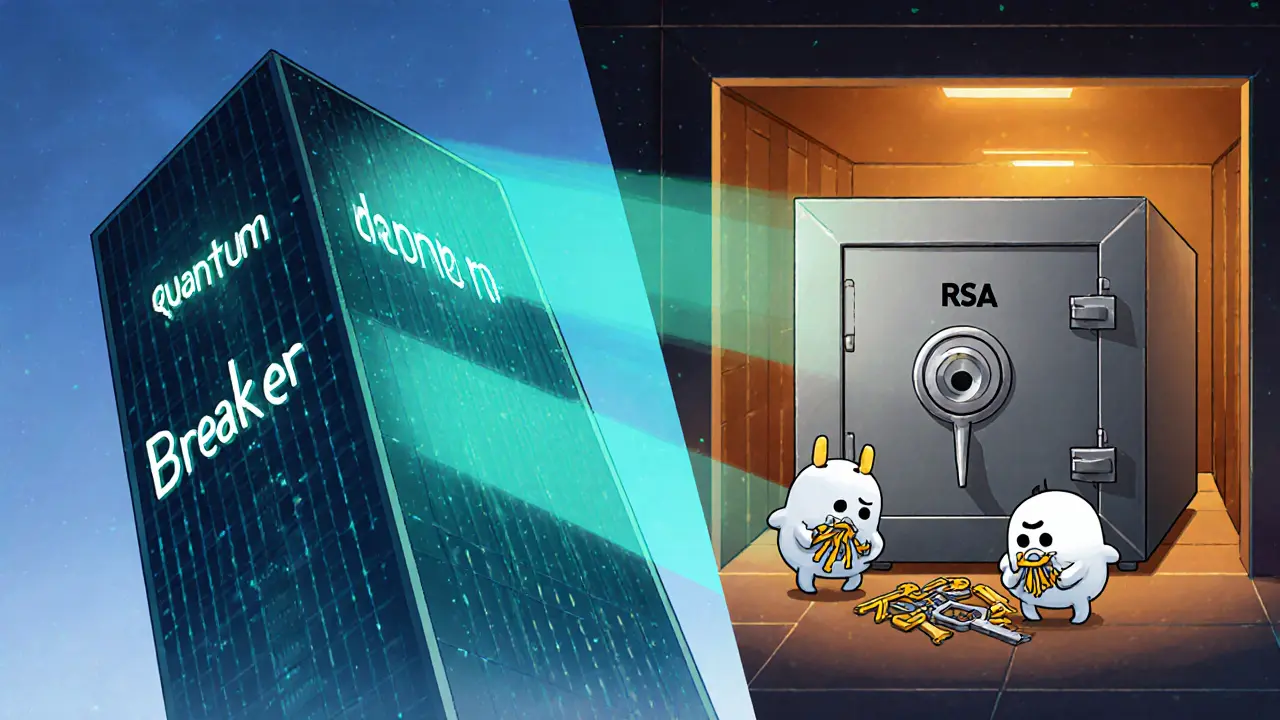Cybersecurity
When talking about Cybersecurity, the practice of protecting computers, networks, and data from unauthorized access or damage. Also known as info‑security, it forms the backbone of every digital service you use. Post‑Quantum Cryptography, cryptographic algorithms designed to resist attacks from quantum computers is now a core part of that protection because future quantum computers could break many today’s standards. At the same time, Zero‑Trust Architecture, a security model that assumes no user or device is trustworthy by default reshapes how organizations think about access control. In short, Cybersecurity encompasses post‑quantum cryptography, requires zero‑trust architecture, and is driven by emerging quantum threats. Those three pieces influence each other: post‑quantum cryptography strengthens zero‑trust safeguards, zero‑trust design pushes the need for quantum‑ready algorithms, and quantum threats motivate both fields to evolve quickly.
Key concepts shaping modern security
Another critical idea is Crypto‑Agility, the ability to switch cryptographic primitives quickly when weaknesses are discovered. Without crypto‑agility, a single breakthrough—like a functional quantum computer—could render an entire infrastructure insecure. Crypto‑agility enables rapid migration to new standards, which is why many firms now adopt modular key‑management systems. Meanwhile, the rise of quantum threats forces governments and standards bodies to publish PQC (post‑quantum cryptography) guidelines, and organizations must align with those guidelines to stay compliant. The relationship is clear: quantum threats drive the need for post‑quantum cryptography, and crypto‑agility provides the operational flexibility to adopt those algorithms without massive downtime. By understanding these connections, you can plan a security roadmap that balances innovation with resilience.
Putting theory into practice starts with a few concrete steps. First, audit your current cryptographic inventory—identify RSA, ECC, and other algorithms in use. Next, map those assets to the emerging NIST PQC standards; the draft suite includes lattice‑based, hash‑based, and code‑based schemes that are already being field‑tested. Because zero‑trust encryption works best when every data flow is authenticated, integrate mutual TLS with post‑quantum key exchange wherever possible. Finally, build a crypto‑agility pipeline: automate key rotation, use hardware security modules that support algorithm updates, and train your devops team on the new cryptographic APIs. These actions create a feedback loop where stronger encryption fuels a more trustworthy network, and a trustworthy network encourages broader adoption of next‑gen cryptography.
Below you’ll find a curated set of articles that dive deeper into each of these areas. From detailed migration guides to real‑world case studies on zero‑trust deployment, the collection gives you actionable insights you can start applying today. Keep reading to see how these concepts play out across different industries and what steps you can take right now to future‑proof your security posture.

2
Nov
Quantum-resistant cryptography is the next generation of encryption designed to protect data from future quantum computers. Learn how it works, why it matters for blockchain and cybersecurity, and what you need to do now.
Read More

14
May
Explore how post‑quantum cryptography, crypto‑agility and zero‑trust will reshape security. Learn standards, migration steps, and emerging threats in the quantum era.
Read More

